Welcome to our blog on “How to Stay Strong and Athletic in Your 30s, 40s, and Beyond.” As we journey through life, there's a pervasive myth that athleticism inevitably declines with age. However, we're here to debunk that notion and show you that maintaining strength and fitness is not only achievable but essential for overall health and well-being, regardless of your age.
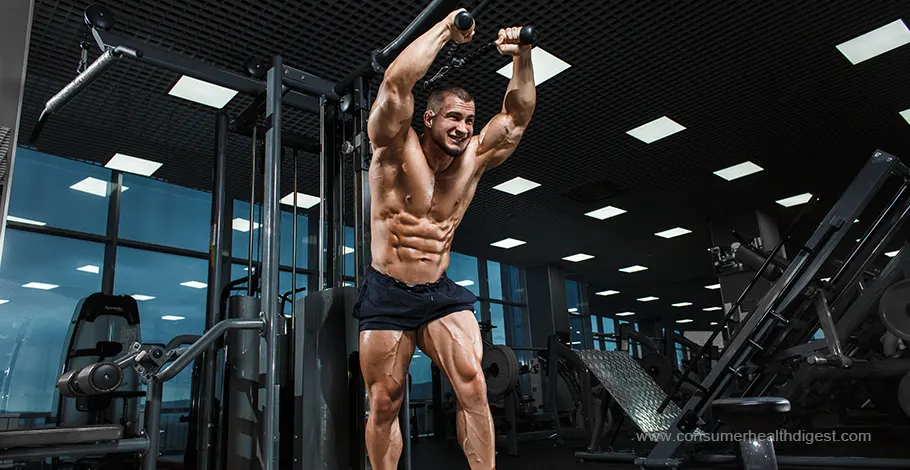
In today's fast-paced world, it's easy to prioritize work, family, and other responsibilities over our own physical health. Yet, neglecting our bodies can lead to a myriad of health issues as we age. That's why it's crucial to recognize the importance of staying strong and fit, especially as we enter our 30s, 40s, and beyond.
In this blog, we'll explore practical tips, strategies, and insights on how you can defy the stereotypes of aging and maintain your athleticism for years to come. From debunking common myths to providing actionable advice, we're committed to helping you embrace a lifestyle that promotes strength, vitality, and longevity.
So, if you're ready to take charge of your health and unlock your full potential, join us on this journey to staying strong and athletic at any age. Let's defy the odds and thrive together! Here's how to stay at the top of your game.
Embrace a Smart Exercise Routine
-
Diversify your workouts:
-
Prioritize proper form over heavy weights:
-
Listen to your body:
-
Consider lower-impact activities:
Don't get stuck in a rut! Include a mix of strength training, cardio, and flexibility exercises in your routine. Strength training helps build muscle mass, which not only boosts your physique but also supports metabolism and bone health. Cardio keeps your heart healthy and improves endurance. Flexibility exercises improve range of motion and help prevent injuries. Aim for at least two strength training sessions, two to three cardio sessions, and one or two flexibility sessions per week. [1]
It's tempting to go heavy in the weight room, but proper form is essential. Using incorrect form can lead to injuries that sideline you from your workouts. Focus on controlled movements and gradually increase the weight as you get stronger. Consider consulting a certified personal trainer for guidance, especially if you're new to strength training.
Pushing yourself is important for progress, but so is listening to your body's signals. Don't ignore pain. Rest and recovery are crucial for injury prevention and muscle growth. Schedule rest days into your routine, and don't hesitate to take a break if you're feeling sore or fatigued.
High-impact activities like running can be tough on your joints, especially as you age. Lower-impact exercise options like swimming, cycling, yoga, and Pilates are excellent ways to stay active without putting undue stress on your body.
Research from Ball State University suggests that maintaining a regular exercise routine throughout one's life could potentially keep the body feeling decades younger. [2]
Fuel Your Body Right
Focus on a balanced diet:
Nourish your body with whole, unprocessed foods. Fill your plate with fruits, vegetables, whole grains, lean proteins like chicken or fish, and healthy fats like those found in avocados, nuts, and seeds. These foods provide the essential nutrients your body needs to function optimally and recover from workouts.
Stay hydrated:
Water is vital for every bodily function, including exercise performance and muscle recovery. Aim to drink plenty of water throughout the day, especially before, during, and after your workouts.
Don't fear healthy fats:
Healthy fats are not the enemy! They provide sustained energy, support hormone balance, and help you feel satiated. Include sources like avocados, nuts, seeds, and olive oil in your diet. [3]
Age-Specific Strategies for Staying Strong
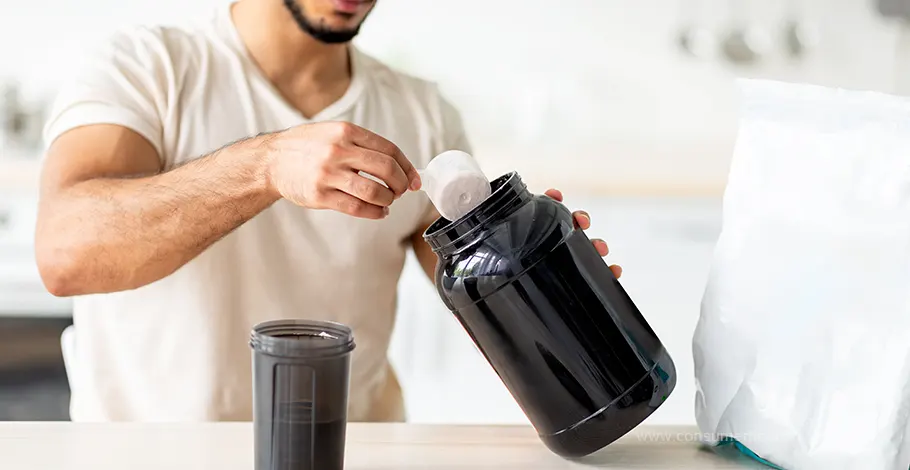
Life Hacks for Motivation and Workouts. Shutterstock Image
While the core principles of staying strong and athletic apply throughout your life, there are some tweaks you can make to your routine for optimal results depending on your age. A study published in the International Journal of Behavioral Nutrition and Physical Activity found that staying physically active can have a positive effect on health and wellbeing as people get older.
30s: Keep the Engine Running
You've likely built a good foundation of fitness in your 20s. The key in your 30s is to maintain that momentum and establish habits that will serve you well in the coming decades. Here's what to focus on:
- Consistency is king: Aim for regular workouts, even if they're shorter sessions. Finding a routine that fits your schedule and sticking to it is crucial.
- Listen to your body: You might be able to push yourself a little harder than you will in later years, but prioritize proper form and recovery to avoid injuries. Don't be afraid to take rest days when needed.
- Incorporate injury prevention: Dynamic stretches before workouts and static stretches afterwards become even more important as your body recovers slightly slower.
40s: Adapt and Thrive
Your 40s might bring a slight dip in metabolism. Don't be discouraged! Here's how to adjust your routine for continued success:
- Mind your portions: You might need to adjust your calorie intake slightly to maintain a healthy weight. Focus on nutrient-dense whole foods to keep your body fueled.
- Strength training is your friend: Muscle mass naturally declines with age. Prioritize strength training exercises 2-3 times a week to build and maintain muscle, which also helps boost metabolism.
- Fuel your workouts: Pre- and post-workout nutrition becomes even more important for optimal performance and recovery. Consider consulting a nutritionist for personalized advice.
50s and Beyond: Building Strength for Life
As you enter your 50s and beyond, bone health becomes a top priority. Here's how to keep your body strong and resilient:
- Weight-bearing exercises are key: Activities like walking, running, dancing, and weight training help maintain bone density. Aim for at least 30 minutes of weight-bearing exercise most days of the week.
- Calcium is your bone-building ally: Ensure you're getting enough calcium through your diet or supplements to support strong bones. Aim for 1,000mg of calcium daily for adults under 50 and 1,200mg for those over 50.
- Balance is your best friend: Balance exercises become even more important to prevent falls as you age. Yoga, Tai Chi, and certain Pilates exercises can all help improve balance and coordination.
Motivation and Lifestyle Hacks for Lifelong Fitness
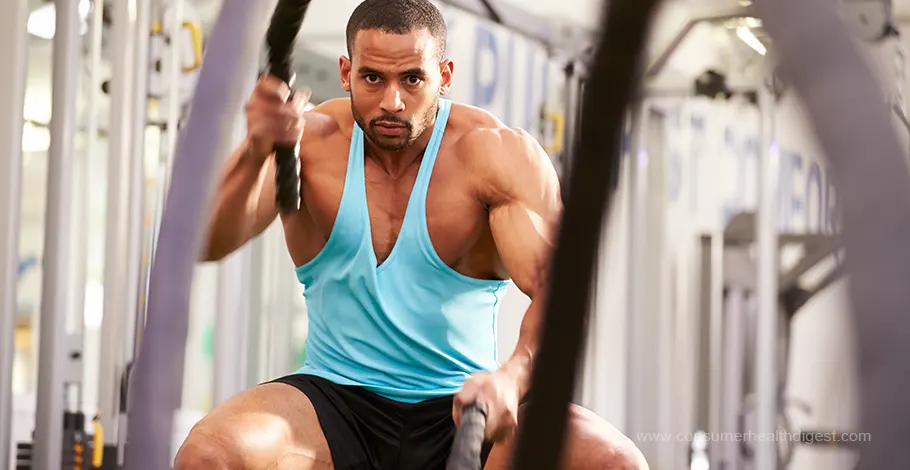
Ways to Stay Strong as You Age. Shutterstock Image
Staying active and strong shouldn't feel like a punishment. A research study looked at how staying active relates to feeling happy and satisfied with life in people of different ages: young, middle-aged, and older adults. [4]Here are some tips to make fitness a fun and sustainable part of your life, no matter your age:
Find Activities You Love
Ditch the treadmill dread! Explore different exercise options until you find activities you genuinely enjoy. Maybe it's a dance class, a rock climbing gym membership, or joining a recreational sports league. When you look forward to your workouts, consistency becomes easier.
Set SMART Goals
Setting vague goals like “get in shape” is a recipe for discouragement. Instead, create SMART goals: Specific, Measurable, Achievable, Relevant, and Time-bound. Aim to lift a certain weight, run a specific distance, or improve your flexibility by a certain point. Celebrate these milestones along the way to stay motivated on your fitness journey.
Partner Up
Find a workout buddy! Having a friend to exercise with can boost accountability, add a social element to your routine, and make even tough workouts more enjoyable. You can motivate each other, push each other to try new things, and celebrate successes together. A study published in PLOS ONE revealed that working out with a friend is more motivating than exercising alone. [5]
Sneak in Fitness Throughout Your Day
You don't need to spend hours at the gym to make a difference. Make small changes in your daily routine to sneak in some extra physical activity. Take the stairs instead of the elevator, park further away from your destination, or do some bodyweight exercises during your lunch break. Every little bit counts!
Conclusion
Staying strong and athletic as we age is not just a possibility but a path to enriching our lives with vitality, health, and happiness. By adopting a smart exercise routine, fueling our bodies right, and adapting our approach as we move through different life stages, we can defy the stereotypes of aging and continue to thrive. Remember, movement is a gift to our bodies at any age, and it's never too late to start.
Whether you're in your 30s, 40s, or beyond, the strategies we've shared are your blueprint for not just maintaining, but improving your strength and athleticism. Our bodies are capable of remarkable resilience and adaptation, and with consistent effort, a positive mindset, and a willingness to listen and respond to our body’s needs, we can look forward to years of health, strength, and vitality.
Age is just a number—it's how you feel and live that truly counts. So, set your SMART goals, find your fitness tribe, and begin the rewarding journey toward lifelong fitness and well-being. Embark on this adventure with enthusiasm, and remember, we're here to support you every step of the way. Together, let's celebrate the potential of our bodies to stay strong and athletic, proving that our best years are always ahead of us.
5 Sources
We review published medical research in respected scientific journals to arrive at our conclusions about a product or health topic. This ensures the highest standard of scientific accuracy.
[2] "Study: Regular, lifelong exercise keeps the body young." 14 Mar. 2024, www.bsu.edu/news/press-center/archives/2018/11/regular-exercise-keeps-the-body-young.
[3] "Types of Fat." Nutrition Source, 24 July 2018, www.hsph.harvard.edu/nutritionsource/what-should-you-eat/fats-and-cholesterol/types-of-fat.
[4] An HY, Chen W, Wang CW, Yang HF, Huang WT, Fan SY. The Relationships between Physical Activity and Life Satisfaction and Happiness among Young, Middle-Aged, and Older Adults. Int J Environ Res Public Health. 2020 Jul 4;17(13):4817. doi: 10.3390/ijerph17134817. PMID: 32635457; PMCID: PMC7369812.
[5] Mema, Ensela, et al. "Social influences on physical activity for establishing criteria leading to exercise persistence." PLoS One, vol. 17, no. 10, 19 Oct. 2022, p. e0274259, doi:10.1371/journal.pone.0274259.




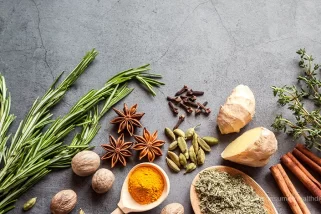
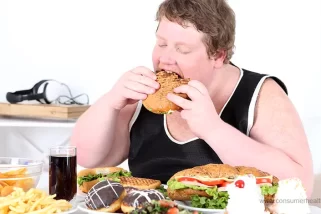

 This article changed my life!
This article changed my life! This article was informative.
This article was informative. I have a medical question.
I have a medical question.
 This article contains incorrect information.
This article contains incorrect information. This article doesn’t have the information I’m looking for.
This article doesn’t have the information I’m looking for.